Not a war time cry across the wireless but a phrase from the lyrics put together by ‘The Clash’ and with which its song leads I feel ‘London Calling’. The Clash would follow up their leading line with ‘to the faraway towns’, and this is so as I sit on the train back from this incredible city and return to my faraway town.
Some would associate London calling with the punk record or look back at memories of when it was the leading line on the wireless before the BBC would deliver reports on the darkest periods of World War II. Relaxing by letting the train take the strain I start to ponder how on earth I can write a single blog about the ‘greatest city’ on earth, that has become the laughingstock around the world recently’ apparently. I will stay away from the politics, after all this blog is about travel, London has been calling me for a while now, but though my mission to visit every city has taken a hiatus, everything now looks to be getting back on track.
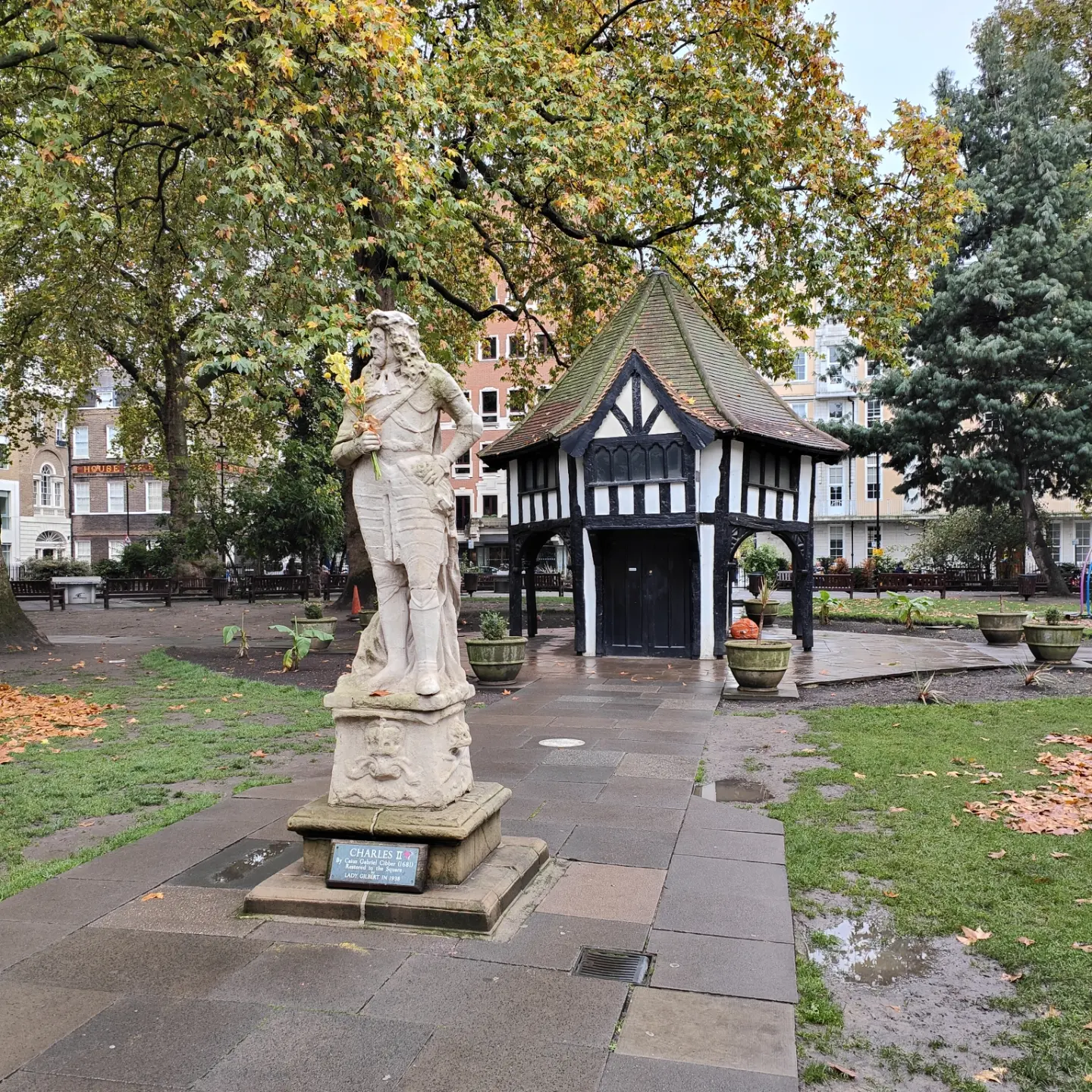 |
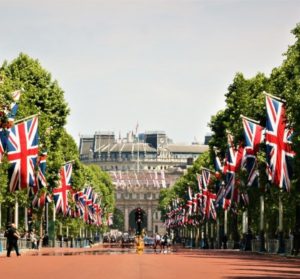 |
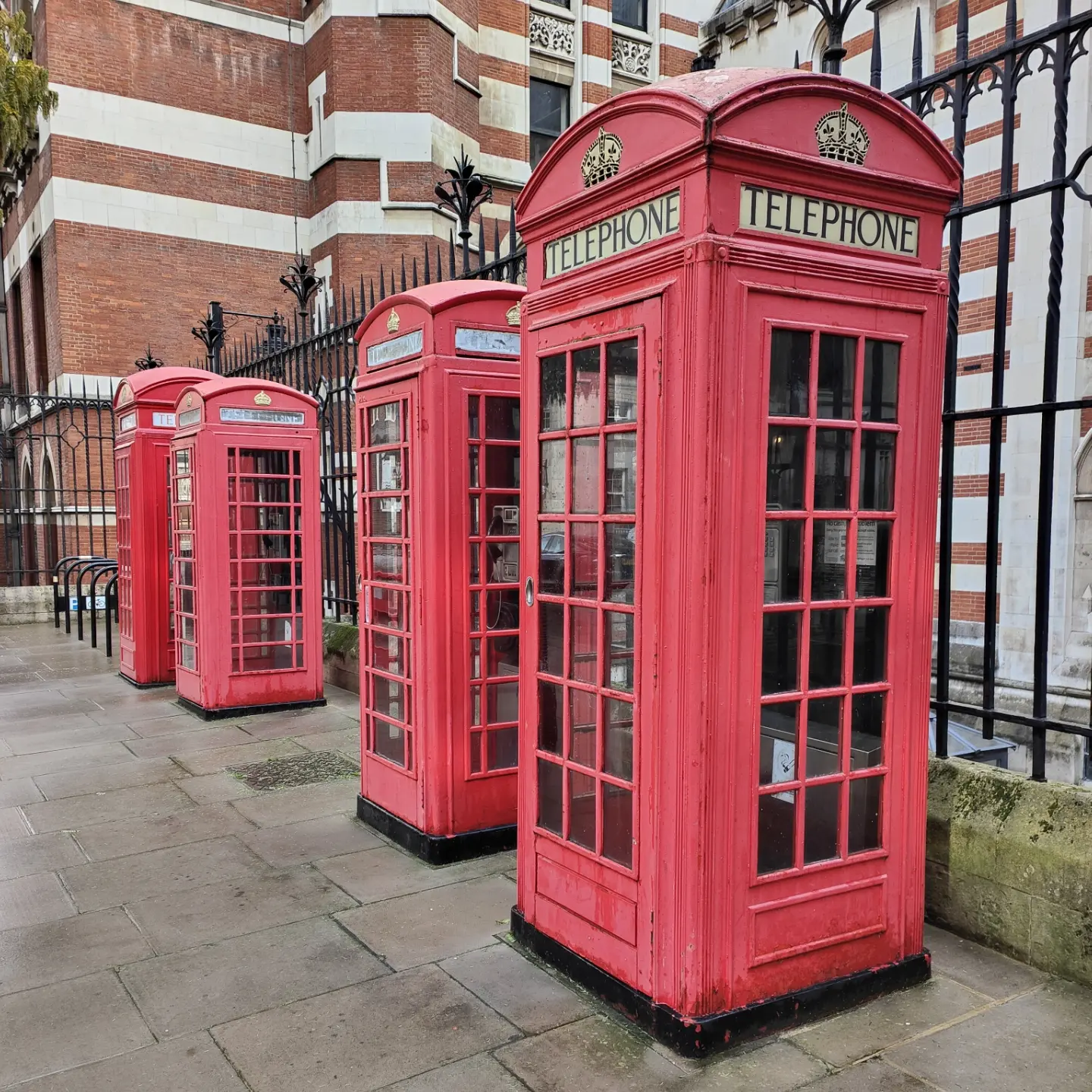 |
A city like many others on this personal journey, it is steeped in so much of Britain’s history, which is infused through every nook and cranny of this metropolis. It was the Romans who first established this city some 2000 years ago, before many ups and downs created what is seen today. The Black Plague, the Great Fire Spanish flu and even the German Luftwaffe tried to destroy it, but she still stood firm. These are just a few periods of its incredible history that have shaped the city seen today and perhaps are reasons for so many visitors.
London lures many people to visit, to work or even to in live in, I’m included in that number. What is the reason? Politicians strive for power, investors and bankers seek their fortune, some people arrive for a glimpse of the monarchy, or others just like to find fame in that ‘Instagrammable’) location. The facts surely speak for themselves. Before the pandemic struck, some 18 million people came to visit the city every year. This is further evidenced by London being voted the greatest city on the planet on numerous occasions. This, of course, is open for debate.
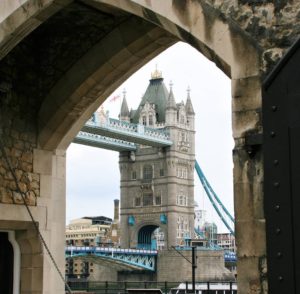 |
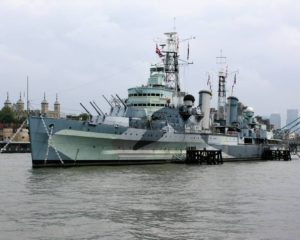 |
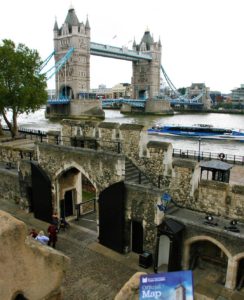 |
Someone wise once said, ‘Why, sir, you find no man, at all intellectual, who is willing to leave London. No, Sir, when a man is tired of London, he is tired of life; for there is in London all that life can afford.’ Sadly, as I write this, I tend to disagree because, on this day, I am willing to leave London. Has the world changed greatly from the day that this was said? In my opinion it has greatly! In my eyes the hustle and bustle are okay for a day or two, but full time? Not for me! That’s a rat race I don’t want to win. Perhaps many Londoners shared the same view as they flocked away from the city during the pandemic. As I see it there is a call from afar of green and pleasant lands that offer a quality of life that the city can’t match. Full time bloggers dedicate their blogs to this city. I’m just an inquisitive individual trying to learn about these lands.
It’s that thirst for knowledge that has taught me London is two cities the City of Westminster and the City of London. The City of London is surely a far cry from the small fort the Romans would have established when they invaded these lands. When the Roman Empire fell and the Romans left these shores, the city has evolved from sticks and stones into the financial hub of the world (would need confirmation that this is still the case). Now referred to as ‘the square mile’. It is adjoined on the western boundary by London’s second city, the ‘bubble’ (sorry City) of Westminster (the chaos of that City is reflected in the daily news, and I will leave that for you to follow). These two Cities combine to form the central heartbeat (downtown – if you’re reading from across the pond) of what many people associate as being London. The gothic grandeur sprinkled throughout as modern & medieval architecture stand side by side complimenting each other is a sight to behold. London’s addictive atmosphere evokes curiosity & excitement. This is true for me as a visitor, but for those who live here 24/7 they may have other feelings. These two cities, together with 31 boroughs, combine to form the Greater London Area (GLA). Camden, Hammersmith & Fulham, Richmond, Southwark, Greenwich to name a few. Six of these boroughs do not have “London Borough” in their names: the City of London and the City of Westminster, and the Royal Boroughs of Kingston upon Thames, Kensington, Chelsea, and Greenwich. For someone living in the countryside its astonishing to think that an incredible 9 million people call London home which is more people than live in Wales and Scotland combined or the entire population of Austria. This amount of people surely gives the city its rich & diverse culture. Over a third of this 9 million were born abroad which means London is probably as international as it is British.
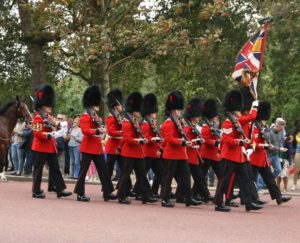 |
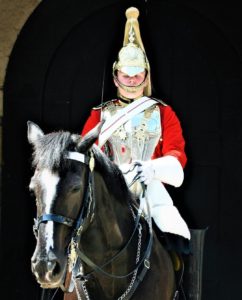 |
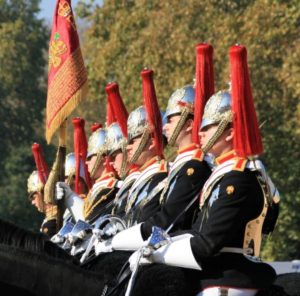 |
These cultures combine to give a mix of cuisines like no other city. Forget ‘the best of British’, as food lovers are spoilt for choice. When visiting or living in London people are spoilt for choices. There are a remarkable 87 Michelin star restaurants in the city and 3 at the highest 3* level. There are even rumours that there are more Indian restaurants in London than in Mumbai and that the food is better than can be found in that city. A quick troll through Instagram will show you some of the famous ones, normally accompanied by a rooftop view for drinks – they certainly are the craze these days. If food isn’t what you seek, then perhaps a pint maybe calling you. Pubs are part of the very fabric of Britain, and it is claimed that in London you are never no more than 7metres from one (again how true this is I shall let you decide). The capital boasts some 7,000 public houses and inns. Afternoon tea is another very British tradition, and London (where it originates from?) does it like no other. A visit to the Ritz, Claridge’s, Browns, Dorchester and The Berkeley are all worth the financial outlay.
 |
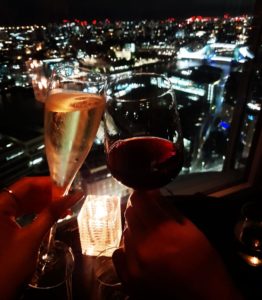 |
 |
But London is more than food & drink. It can boast an incredible 4 separate world heritage sites. It has 2000 years of history. Meaning it has something for everyone. The Romans established it, it survived the dark ages before evolving through the Middle Ages, and now as technology advances at a rate of knots who knows what she might become. The great British Isles are blessed with many castles, London incredibly only boasts one these days, The famous and much visited tower of London. At one time there were 9 castles surrounding the city, but the only one remaining is to the west, which is her late majesty’s resting place, Windsor. A town not so far away, only a day’s march back in the day is well worth a visit but shouldn’t distract you from the time that would be lost to the vast amount of museums London has to boast. You could spend a couple of weeks in London and still not visit all the museums, as there are over 170 of them. The best thing is that most of them are free! Half of the 2 millennia (of the Christian era) have been ruled by the monarchy. Westminster Abbey (along with the Tower of London) dates back to the Norman invasion. Westminster Abbey is where our kings and queens are crowned. There is a fascination with the monarchy from old to young and far and wide, and while it gives us our rich traditions, values and pomp and circumstance the whispers grow louder for its very existence. London’s more recent history has been absorbed in political infighting that has come off the back of pandemic management. As we leave the ‘pandemic’ London, like the rest of the Europe, survived as it did the great Plague and fire. During the great plague some 40,000 Londoners were wiped out in 1665 and a year later the great fire tore through the city, but she still survived. As the city evolved from the turmoil of an epidemic and then ash, it rose again. The present St Paul’s Cathedral is testament to this. It left the medieval ages and golden years and went on to become the modern masterpiece everyone seems to love now. The impression I have is that much of London’s success can be put down to the Victorians. There may be similarities with the here and now as Britain looks to carve its new place in the world post Brexit. Perhaps some inspiration can be gleaned from its great and long-standing history. London is also home to some quirky street names.
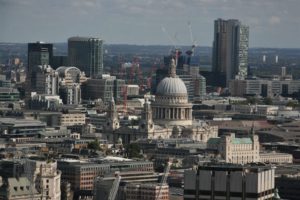 |
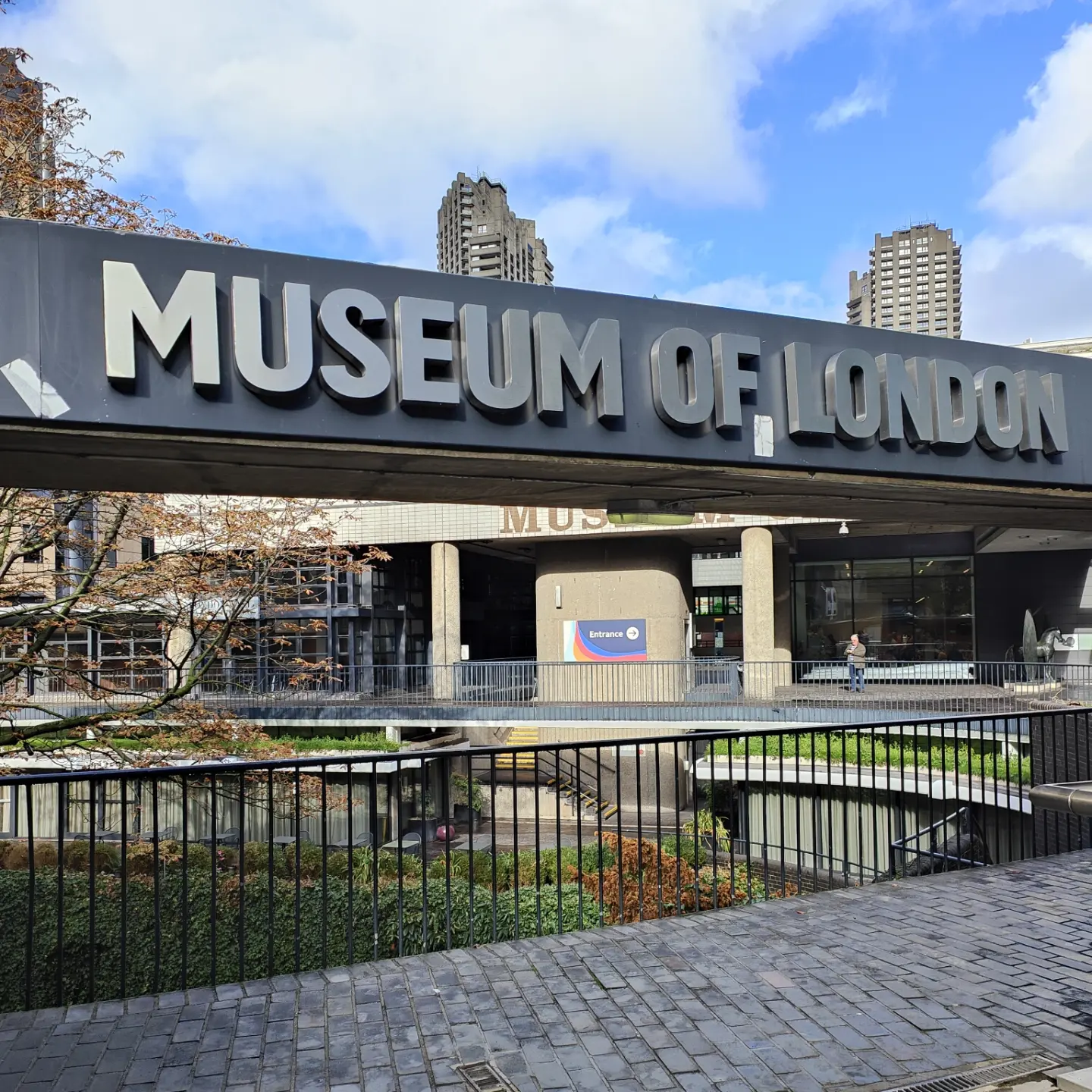 |
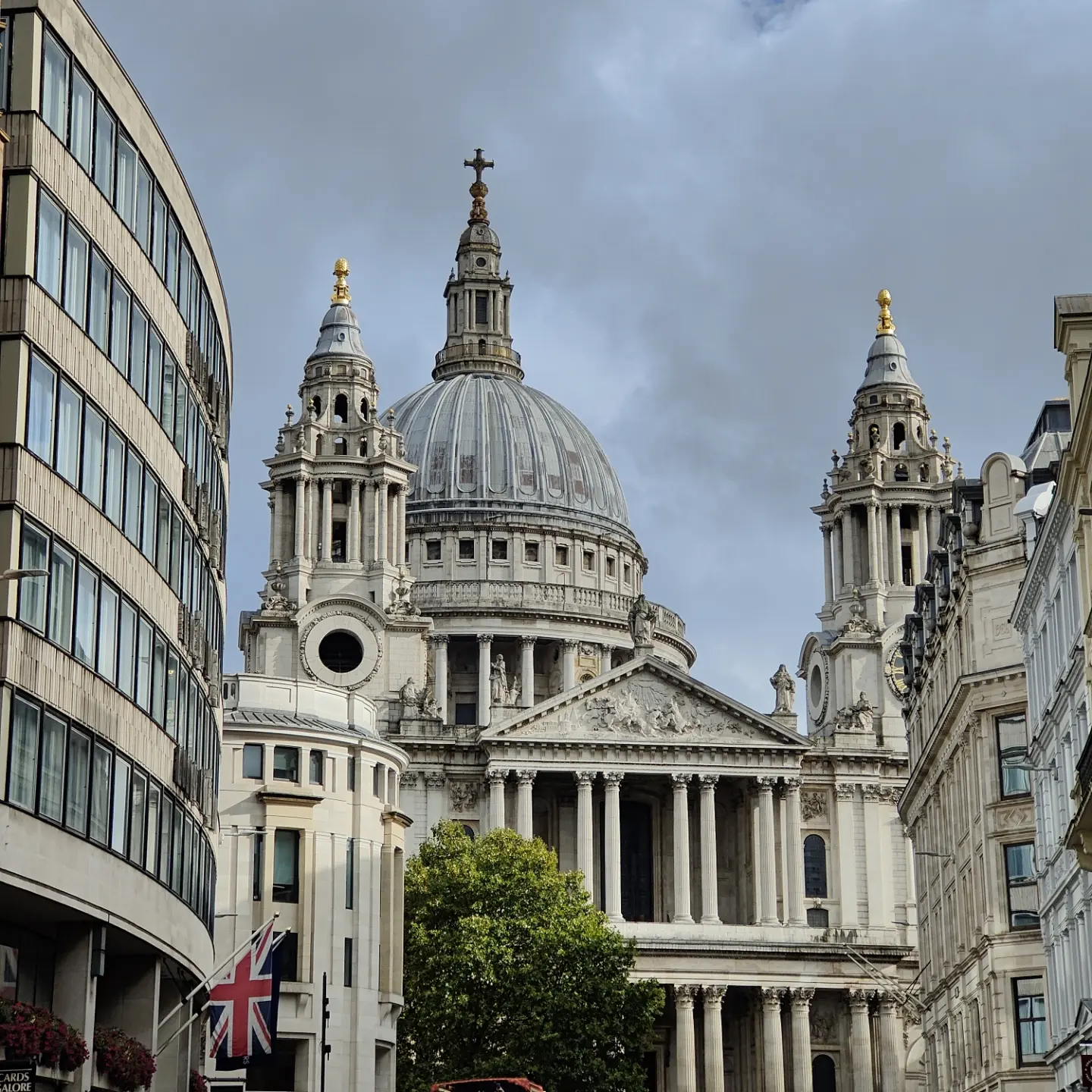 |
I mentioned ‘wannabe‘ social media stars flocking to the city for the perfect location for food or spending money in the city’s fashionable drinking and eating establishments. Their arrival is clearly the city’s business gains. London is also one of the 4 fashion capitals of the world and is home to more shops than Paris. Oxford, Regent & Bond Street are famous as are Harrods in Knightsbridge, Saville Row or, my personal favourite, Covent Garden. Fashion is so popular in London that it requires two weeks and not one in the calendar year for its fashion week. The city has also produced some famous names in the fashion world – Naomi Campbell and Kate Moss to name a couple.
With many people living, working or visiting the city, it needs a transport system like no other. Green taxes and overcrowded roads mean driving in London isn’t for the faint hearted. London is served by the largest city airport network in the world. The 6 airports that form this service to the city are Stansted, Luton, Southend, City, Gatwick and Heathrow. The London Underground with its famous map is an experience not to be missed when in the city. It’s the oldest metro system in the world, 402km long and boasts an incredible 270 stops. It is reported that 1.3 billon single trips are made each year on the ‘Tube’. It is also an interesting fact that more of the underground exists above ground. How could one write about transport and not mention London’s iconic Black cabs and red buses. They used to dominate the roads of the city, but now they are competing with uber, and bicycles as alternative forms of getting round. As the world looks to green alternatives, possibly the best way to explore the city is by foot. It’s certainly my favourite way to explore the place. You’ll hopefully be able to read my blogs soon of when I completed the Thames path which took me right through the heart of the city. The City is classified as a national forest. There are an estimated 8 and half million trees in the city with over 300 gardens. This equates to 40% of London being parkland.
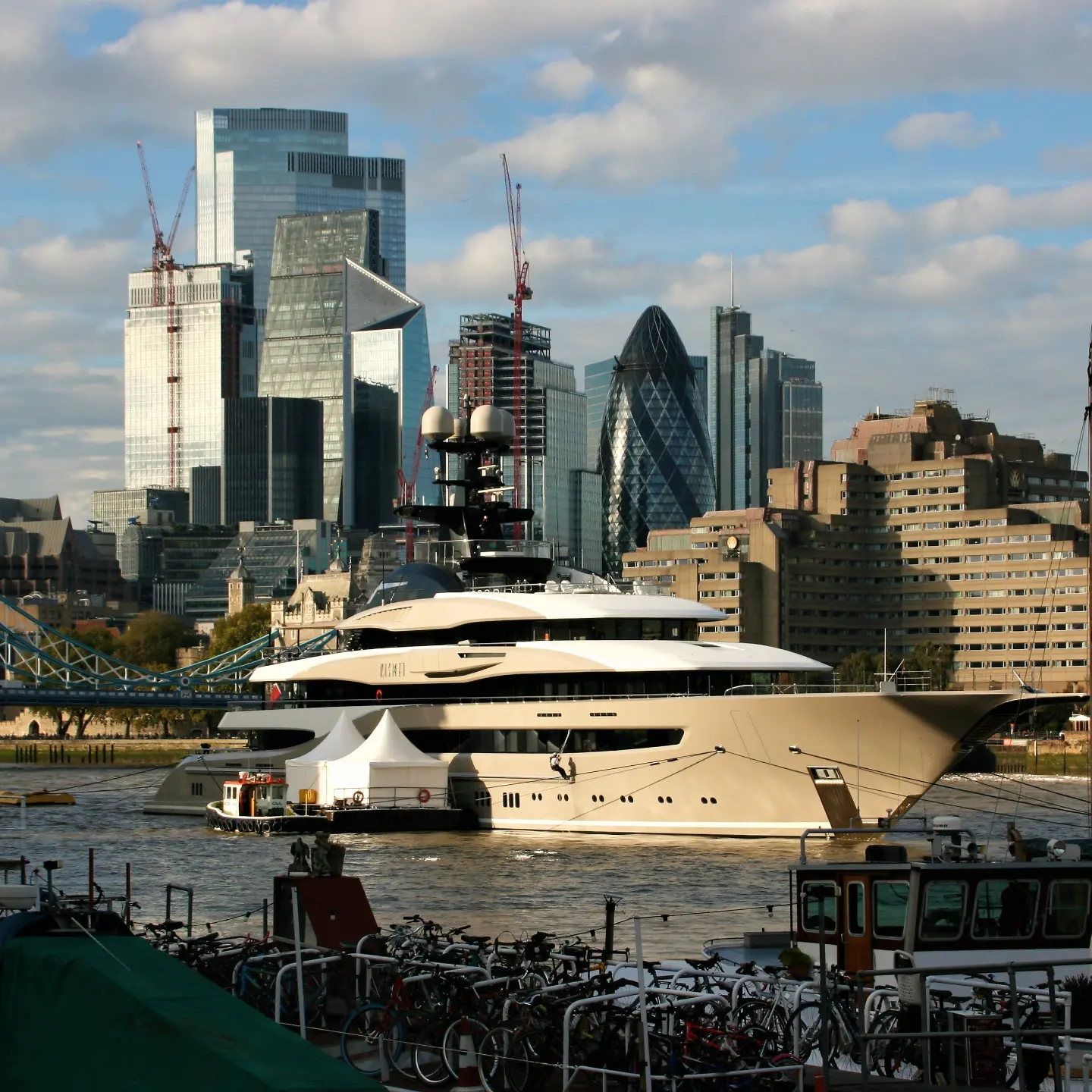 |
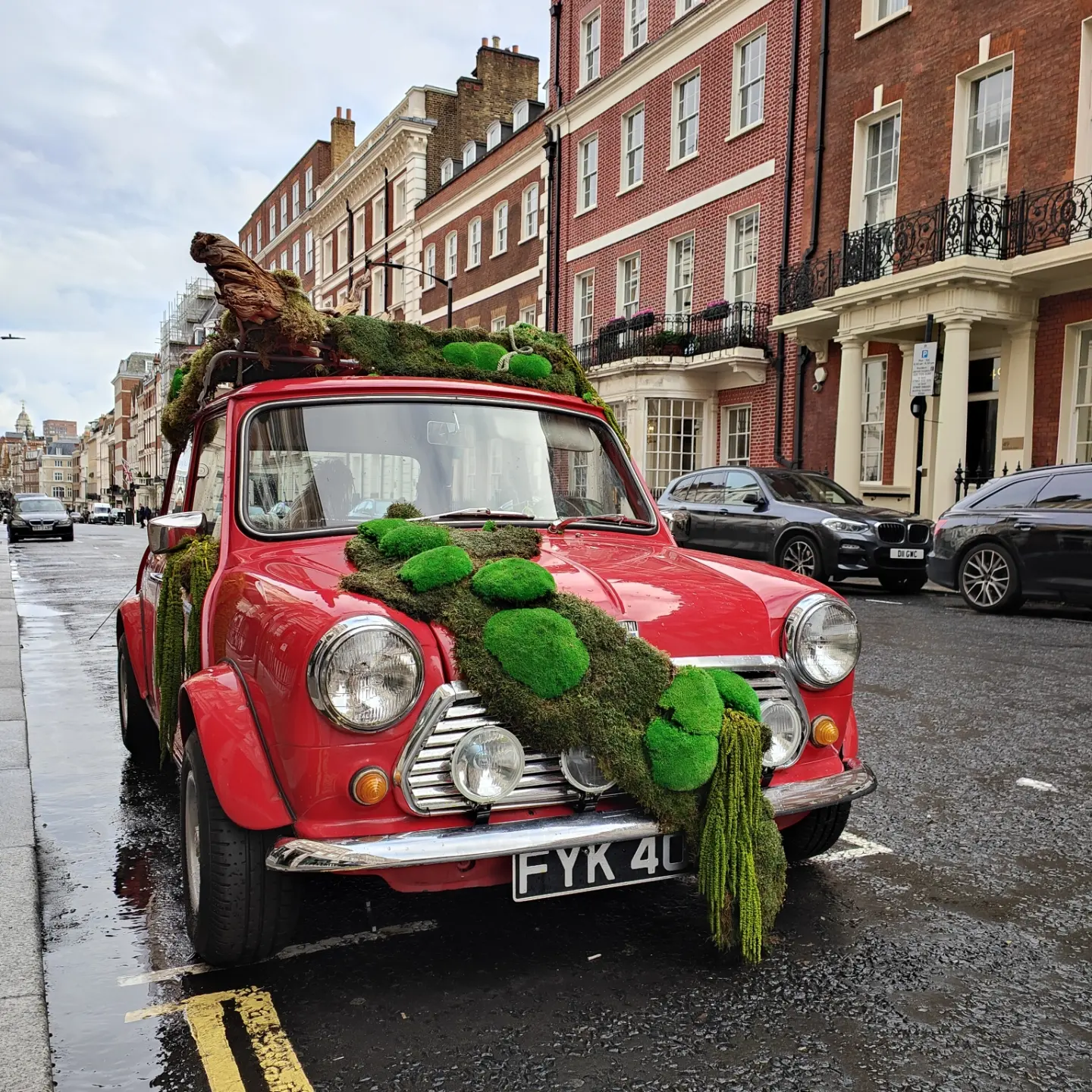 |
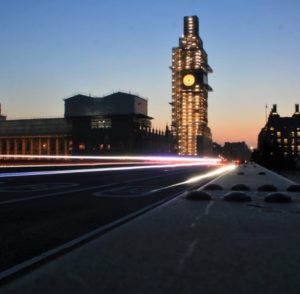 |
So, as I draw this slightly longer blog to a close, I can only apologise for its length. Hopefully you can see how difficult I have found to condense this blog about the city, and I’ve barely scratched the surface. So, as I look to explore this great city in further detail, the capital of capitals, watch out for more and more blogs on this fascinating city. I will return to that famous quote ‘when a man is tired of London, he is tired of life; for there is in London all that life can afford.’ I’m not tired and look forward to returning. Are you tired of London? Answers on a postcard (email) please….

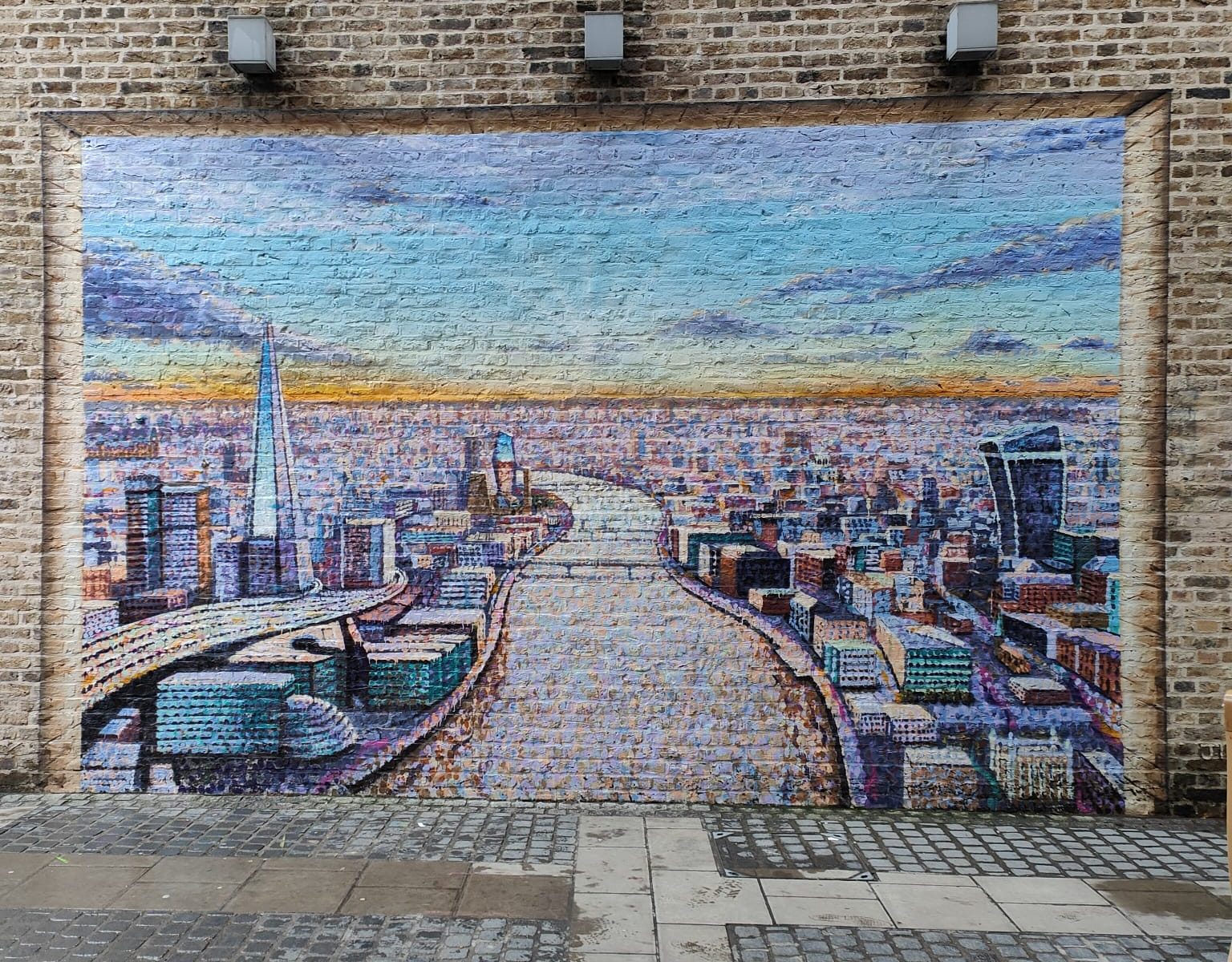
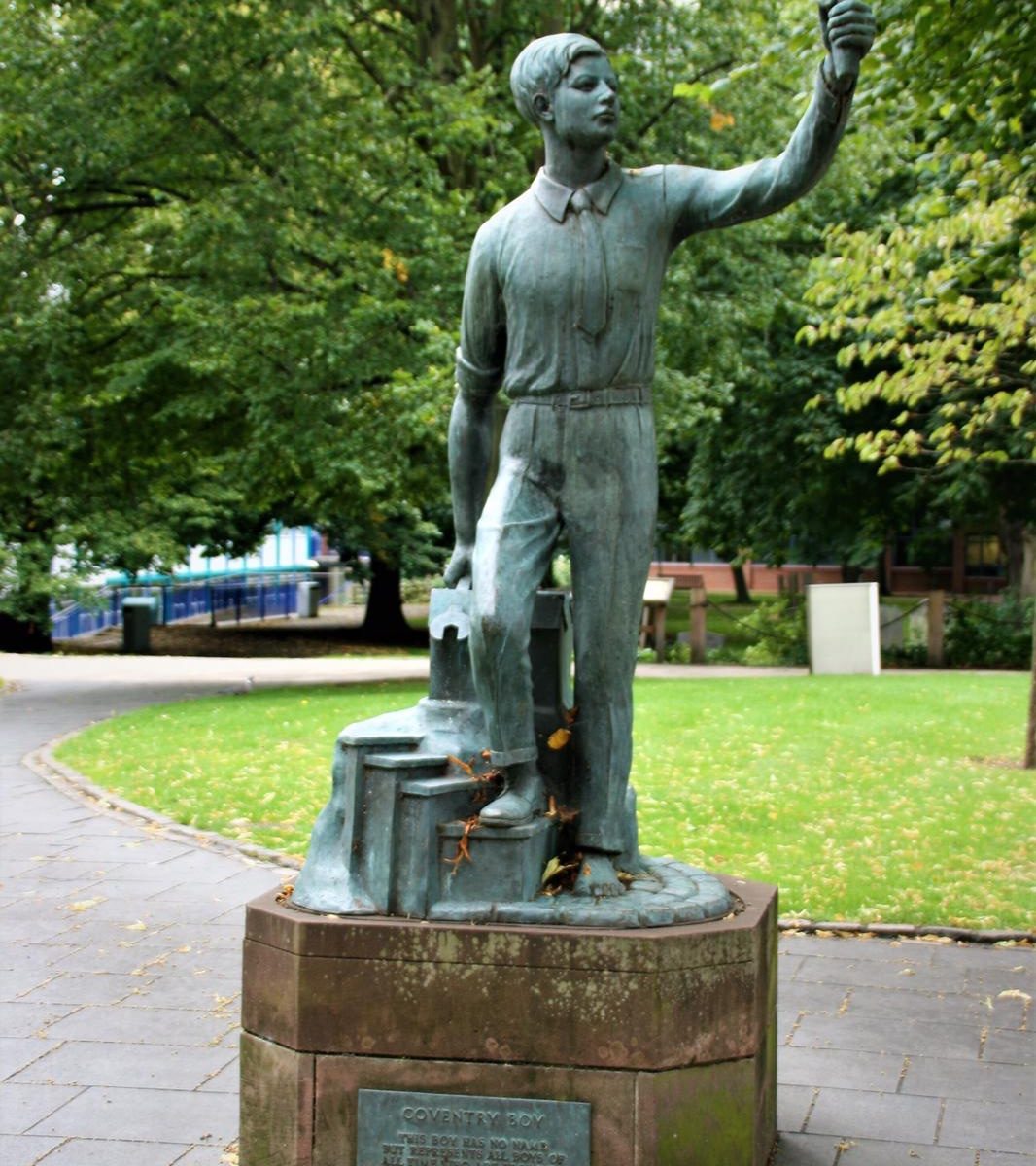
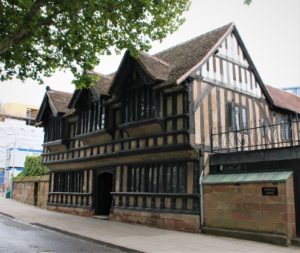
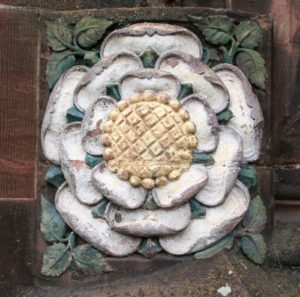
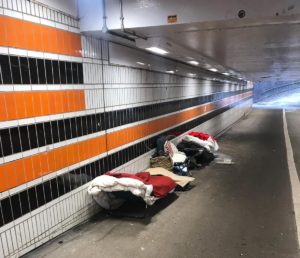
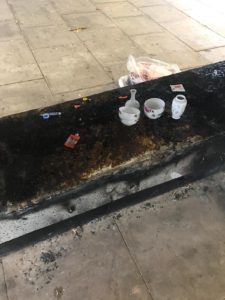
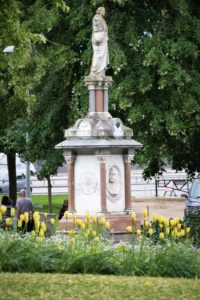
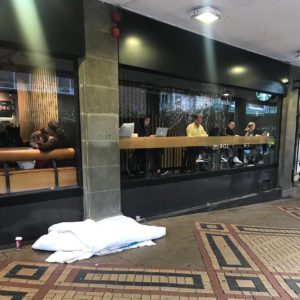
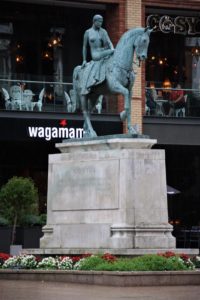
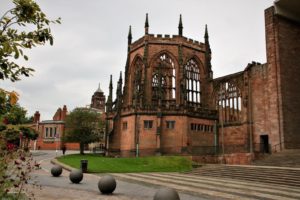
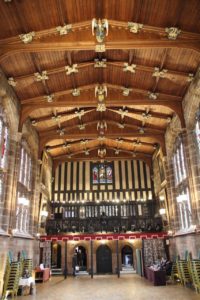
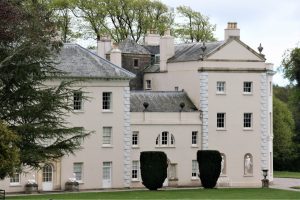 My latest
My latest 
 blue bells awash the ground like an artist’s pallet. Add to this the grass and weeds that can’t be touched so as not to ruin the spring flowers. Having read the signs and notices I didn’t jump in to get my picture, unlike the kid on a school visit. The walk along the tree path is a tunnel of green as the trees take full bloom now spring is in full swing.
blue bells awash the ground like an artist’s pallet. Add to this the grass and weeds that can’t be touched so as not to ruin the spring flowers. Having read the signs and notices I didn’t jump in to get my picture, unlike the kid on a school visit. The walk along the tree path is a tunnel of green as the trees take full bloom now spring is in full swing.